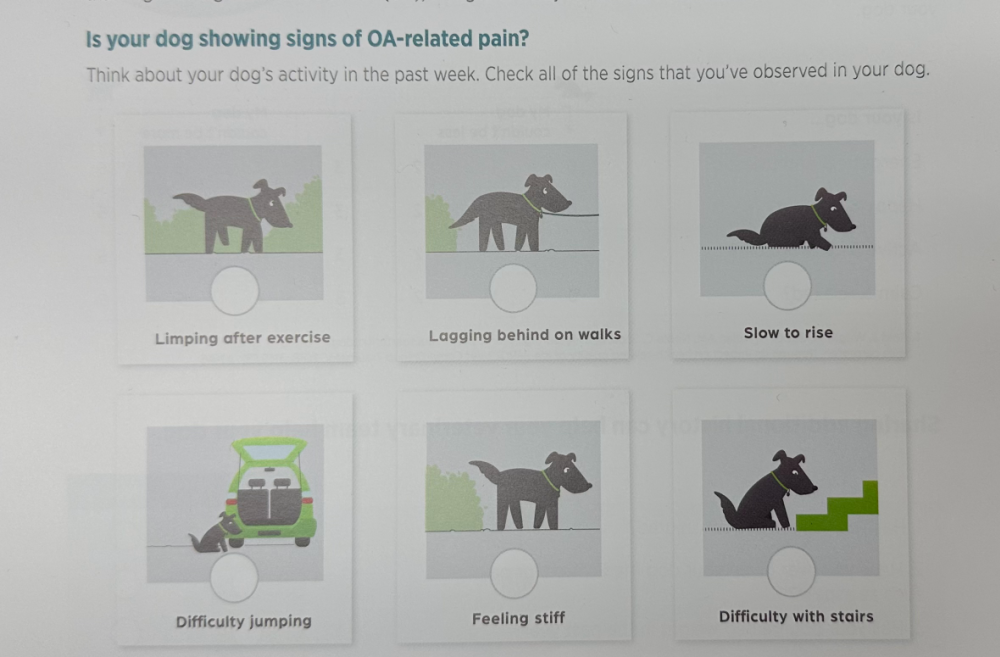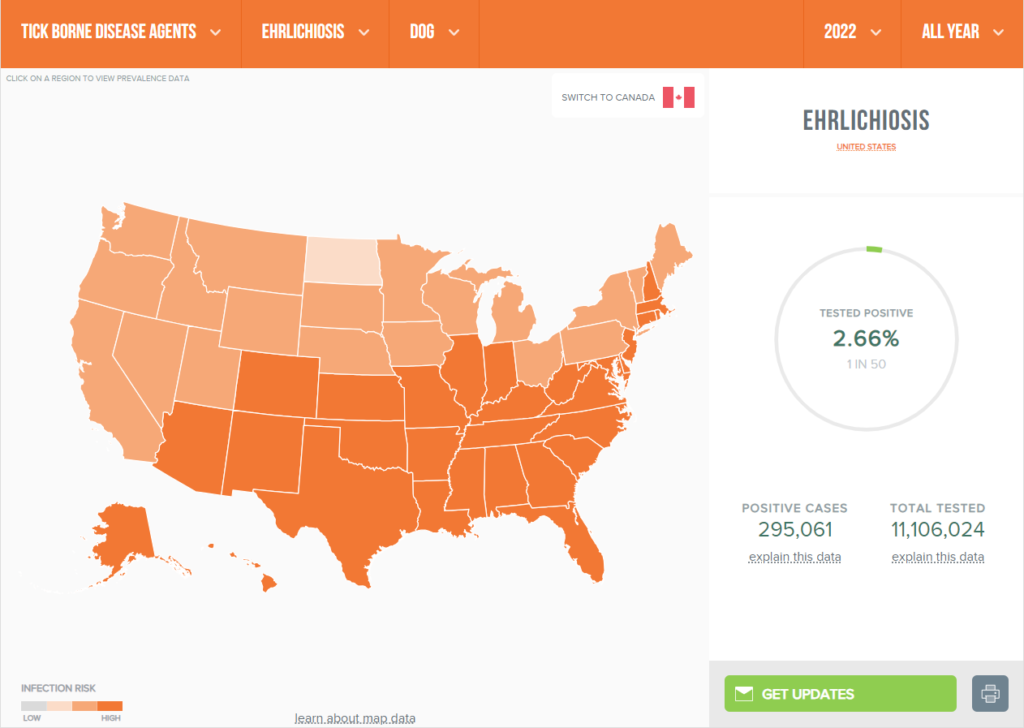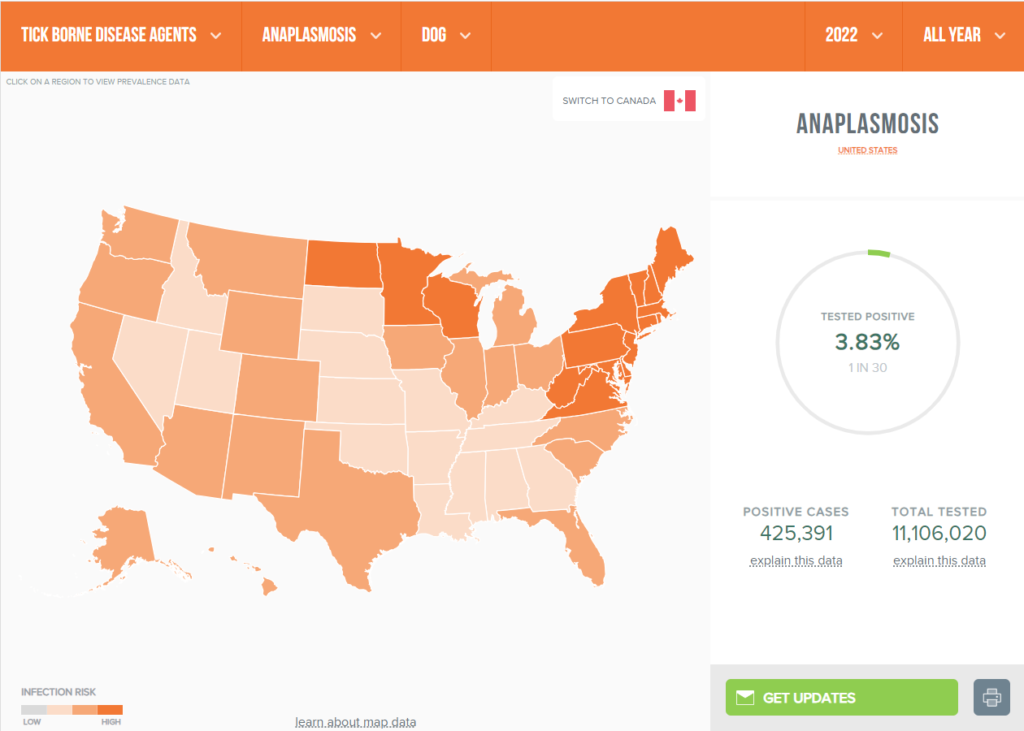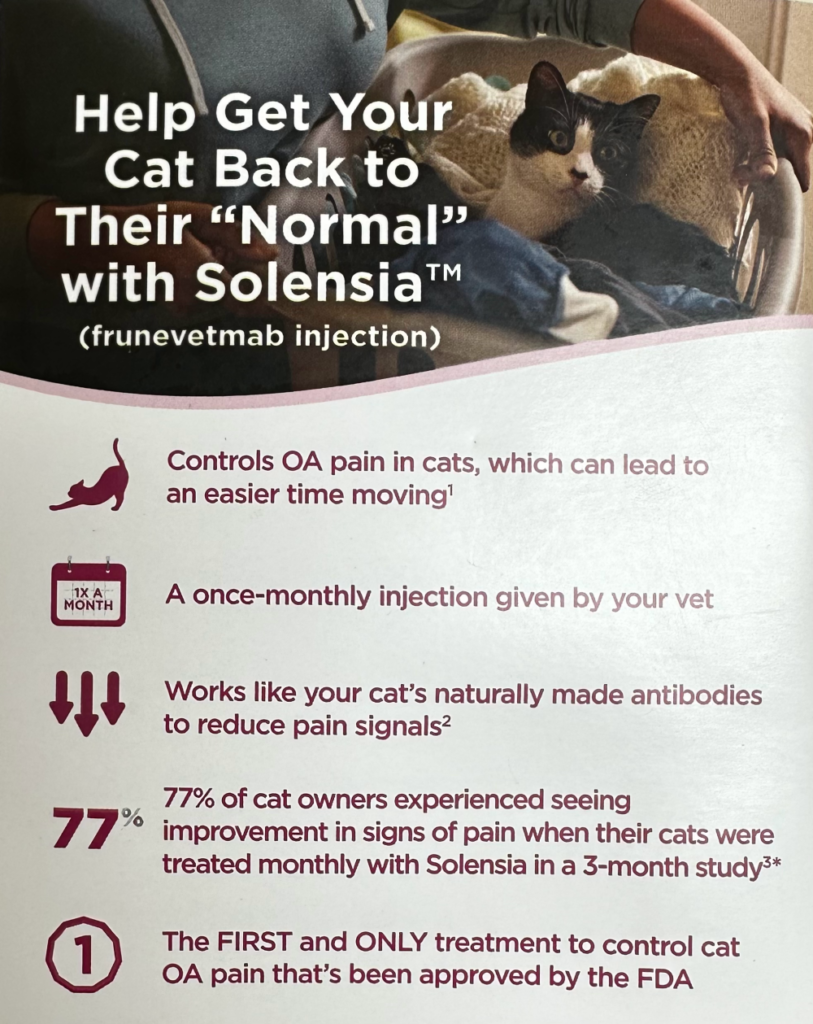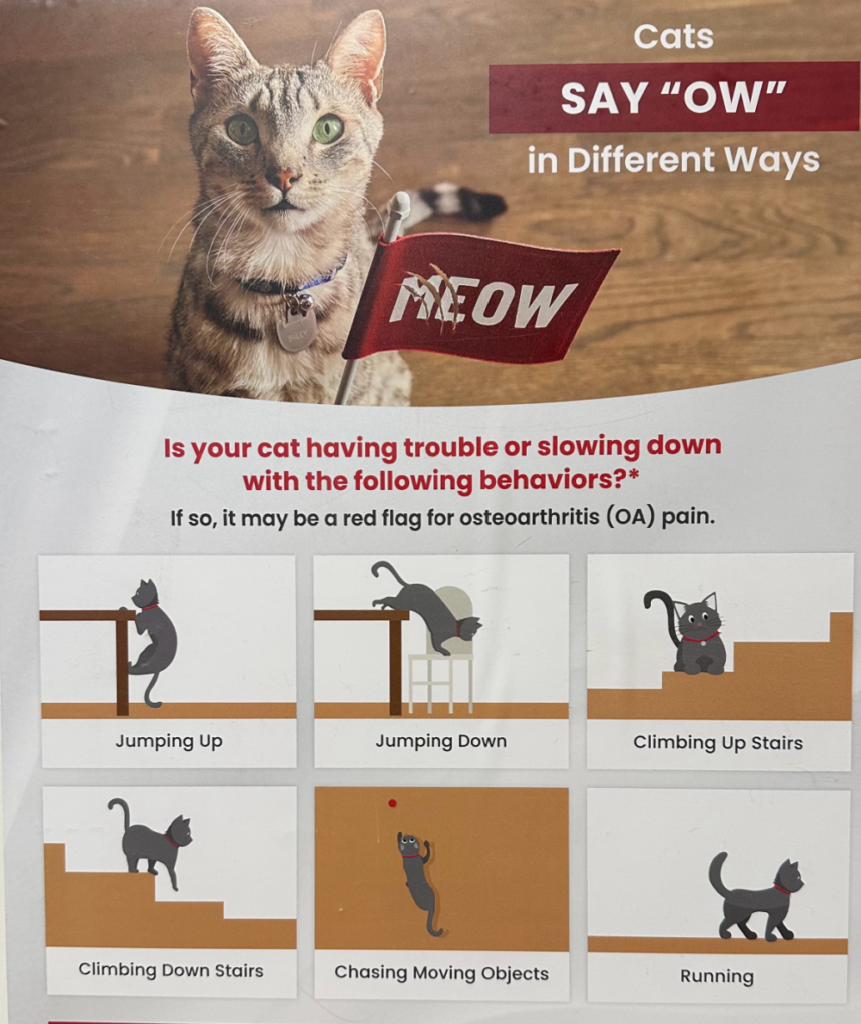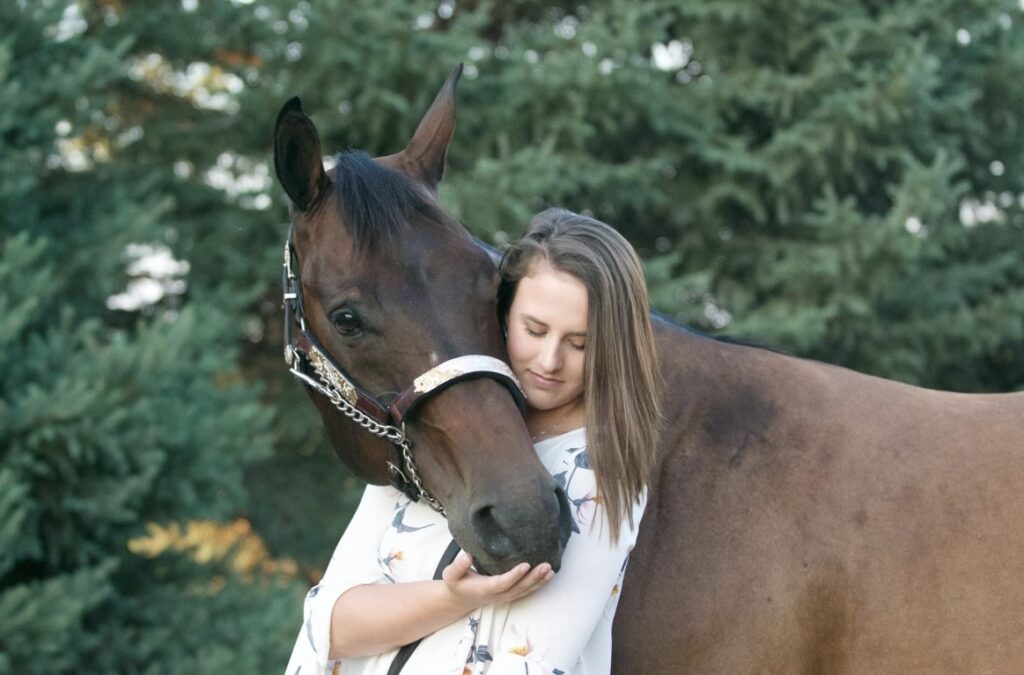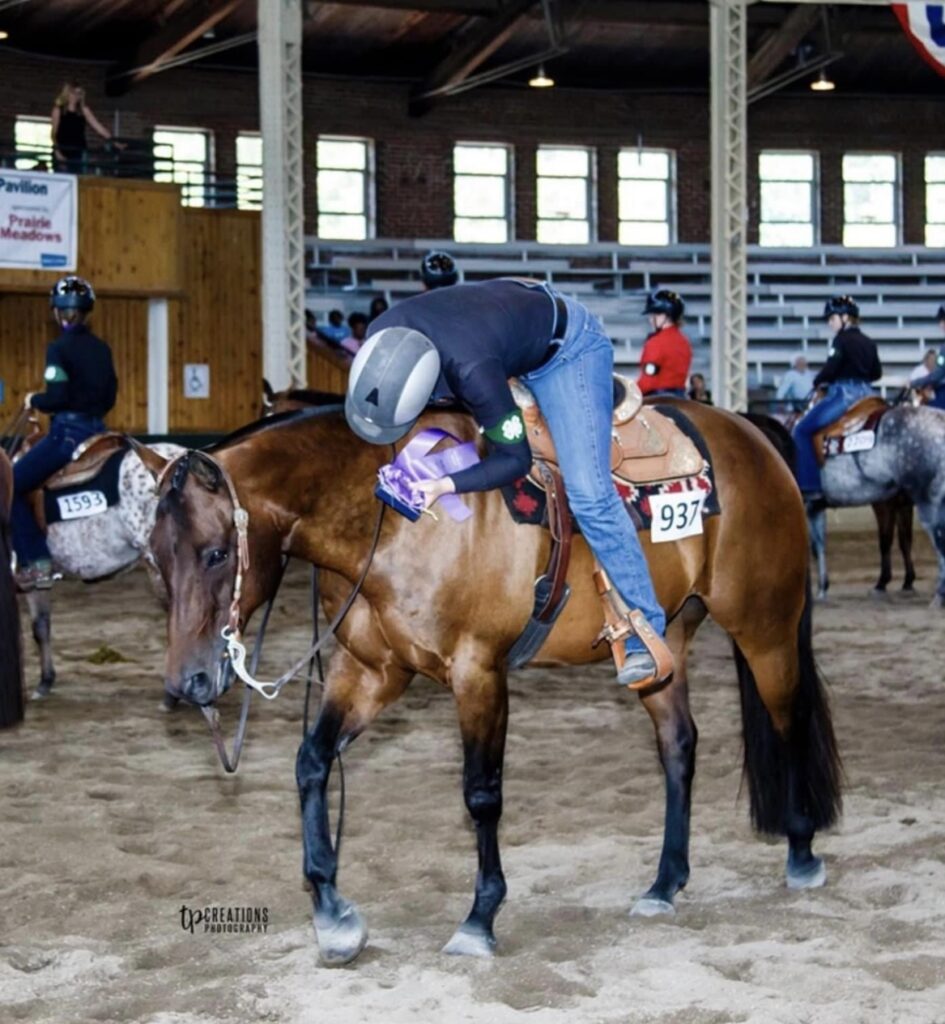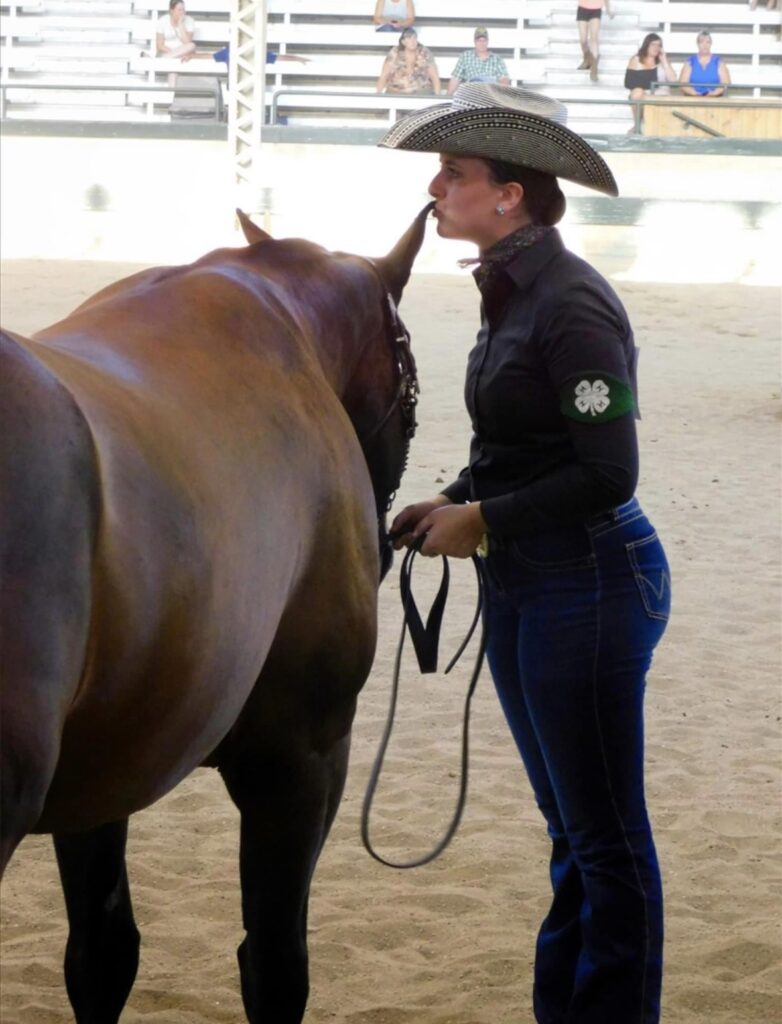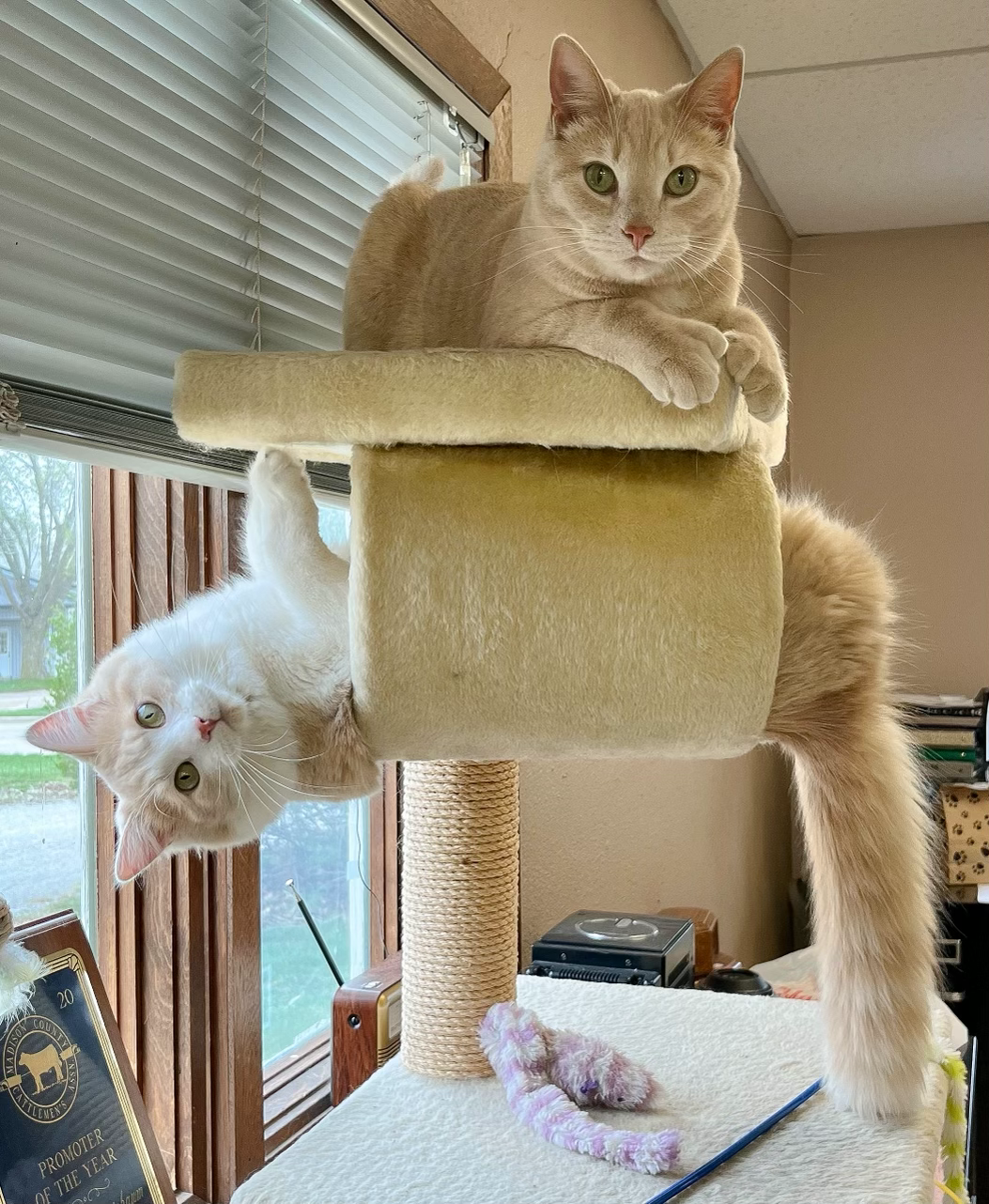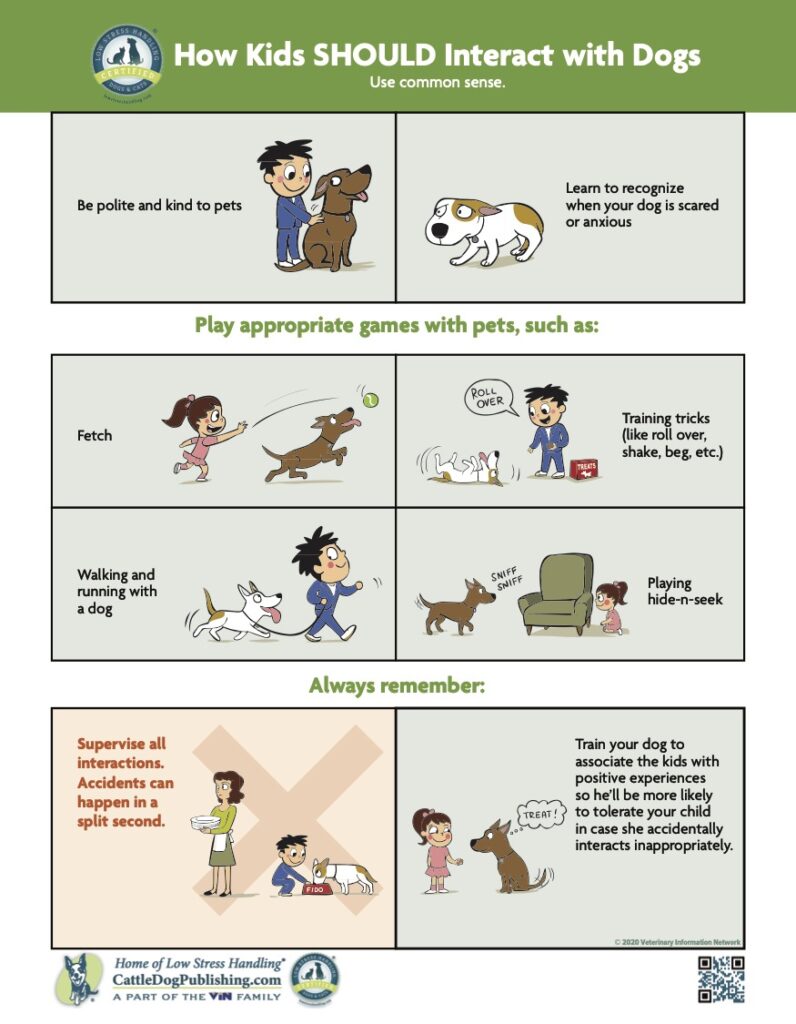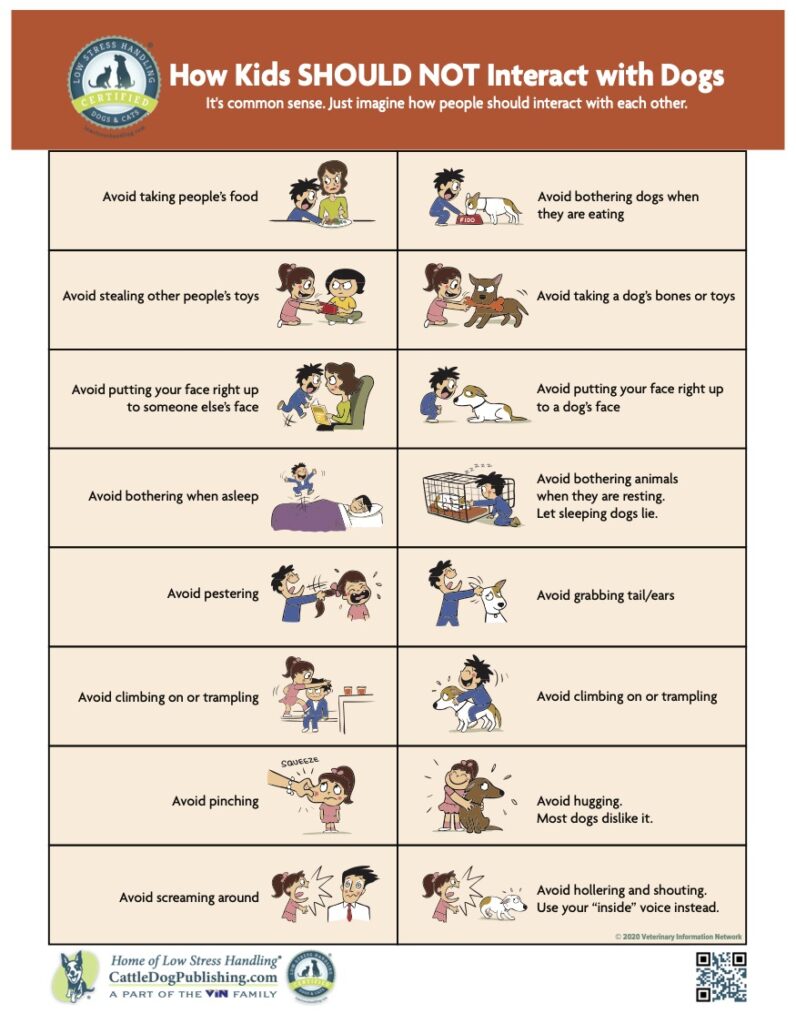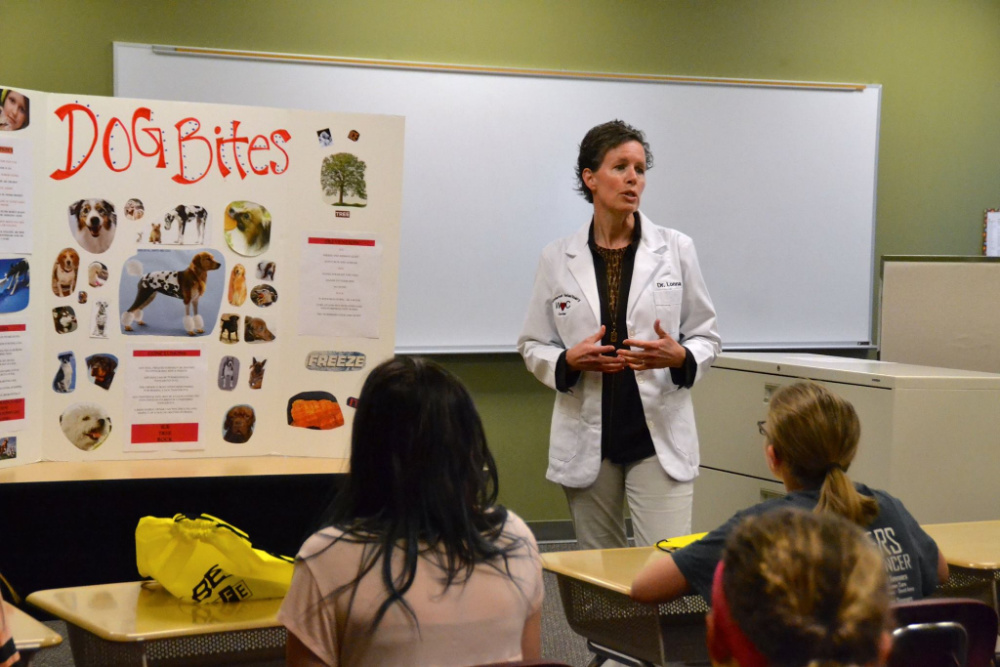May, 1988 was a big day in Dr. Jim’s and my life. This month commemorates our graduation from Iowa State College of Veterinary Medicine as certified Doctors of Veterinary Medicine. At that time, we had completed 21 and 20 years of education. I had chosen not to get a Bachelor degree prior to being admitted to Vet School and was lucky enough to get accepted. I had known since age 10 that was my career choice and at 25 years of age, I had accomplished that goal.
My career path took me from Iowa to St. Cloud, MN right after graduation. My husband, Dan, and I spent the next 12 years in that area before returning to the Des Moines area in 2000. In 2004, we made the decision to move to Winterset and I reconnected with my classmate, Dr. Jim. He was going through some staff changes at WVC in 2007 and asked if I wanted a job. The rest is history and I have been here for 16 years.
As we enter veterinary school our education covers all species of animals. I had grown up on a farm and anticipated doing large and small animal practice. During my senior year of veterinary school, I started thinking about driving around the countryside in a blizzard. It was not appealing. I do not like to be cold. I am very directionally challenged. My days before GPS were often plagued with wrong turns and lost moments. How would I find these remote locations in the country? Staying in a climate-controlled building with heat in the winter and air conditioning in the summer was a better fit. I also considered the physical challenges large animal practice would bring. During my early years of practice, a giant breed dog was extremely rare. Today a dog weighing > 100 lbs is much more common. I am starting to realize my limitations when wrestling with dogs on nail trims and exams who may not be fans of strangers checking them over. Always grateful when owners are willing to assist during these moments.
I asked Dr Jim to share a few words about himself and his 35 years at Winterset Veterinary Center.
I grew up on a farm in Carroll County raising cattle, hogs, corn and beans. After high school I went to ISU majoring in Agronomy and Animal Science. Not knowing which direction to go, I applied to vet school after earning my degree in Animal Science and was accepted into ISU college of Veterinary Medicine. I joined Dr. Ken Henrichsen here in Winterset in 1988, four years after he opened Winterset Veterinary Center. He retired in 2007, when Dr Lonna then joined me. I have been happily practicing medicine for 35 years now. How time flies. My son Samuel was born weeks after our move here—man he is getting old!
We have witnessed so many changes in the practice of vet medicine since we graduated from school! For me, the biggest (best) change was cell phones. When I started here, being on call meant staying home by the phone for emergencies. The cell phone meant that I could go sit in the bleachers to watch my kid’s activities or go to a friend’s house for the evening. I also could do so much more communicating than the Motorola two-way radio in my truck. Computers also helped immensely with better record keeping, communication, and accounting. Digital x-ray is so much faster, safer, and cleaner than the old films and developer tanks in the dark room. Technology continues to give us more excellent tools and medicines for diagnostics and treatments. We have also had to keep more detailed records for compliance for governmental regulations—not complaining, but we would be buried without computer tracing and memory. Dr. Lonna talks about how the importance of social media in making people aware of your practice is one of her biggest changes. It is important to have a presence through a website and other social media sites like Facebook. Many clients find us from their cell phone google search and not a yellow page ad in the local phone book. Does anyone even have those anymore?
We have seen so many puppies come here and mature for long happy healthy lives and then come for the last visit. So many clients had kids grow up with mine, and now have their own families and pets or livestock that we now serve. I have had a very rewarding 35 years at the Winterset Vet Center. Dr Lonna has enjoyed her 16 years here and we want to celebrate these milestones.
Since the practice will be turning 40 years old next year, we have decided to have a big celebration on September 21, 2023, at St. Joseph Catholic Church. We will have the cattlemen and pork producers cooking up meat. We have ordered cookies from Bakery Unlimited. We will borrow an ice cream machine from our longtime friend, John LaFratte. We hope to see many of our clients and partners join us for this event. We could call it a customer appreciation event, but it is more than that. We have been together in community for the last 4 decades and want to celebrate our friendships and partnerships. We will start serving at 5:00 pm and hope to have everyone through by 7:00 pm. Come, eat, and share memories of our years together. We look forward to seeing you on Thursday, September 21st, at St. Joseph Catholic Church.
There are many changes that have taken place over the years for both of us. As you can see from the photos early on verses recently. The one thing that has not changed is our desire to treat our patients as if they are one of our own. We also cherish the relationships we have built over the years. One celebration could never be enough to thank each and everyone of you for entrusting us with your critters big and small.
STILL SHARP AFTER 35 YEARS AND LOOKING FORWARD TO THE FUTURE!
